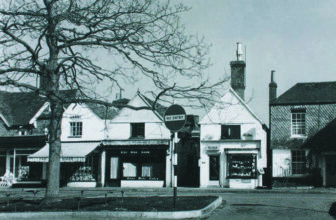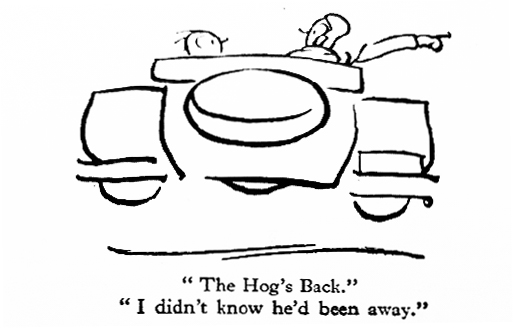
by Joy Horn // Main Image: Fougasse cartoon from ‘You Have Been Warned’ (1935)
According to the humorous book on motoring by Fougasse and McCullough, You have been Warned, published in 1935, there was in that year one car to every 33 persons in Great Britain, and cars were becoming increasingly popular. (In 2024, 77% of households own at least one car.) The ‘Nethanian Weekly’, produced for a few months in 1933-4 for the Cheesman family of number 6 Victoria Road, reflects the growing enthusiasm in the 1930s among Cranleigh’s young people for the motor car.
The family itself did not yet own a car, but eldest son Joe, who lived in Godalming, was the proud owner of an Austin 7. This was useful in travelling to and from Cranleigh, as he was manager of the Godalming Furnishing Company, a subsidiary of David Mann & Sons of Cranleigh. The Austin 7 was an uncomplicated and reliable economy car, produced 1923-39, which sold widely.
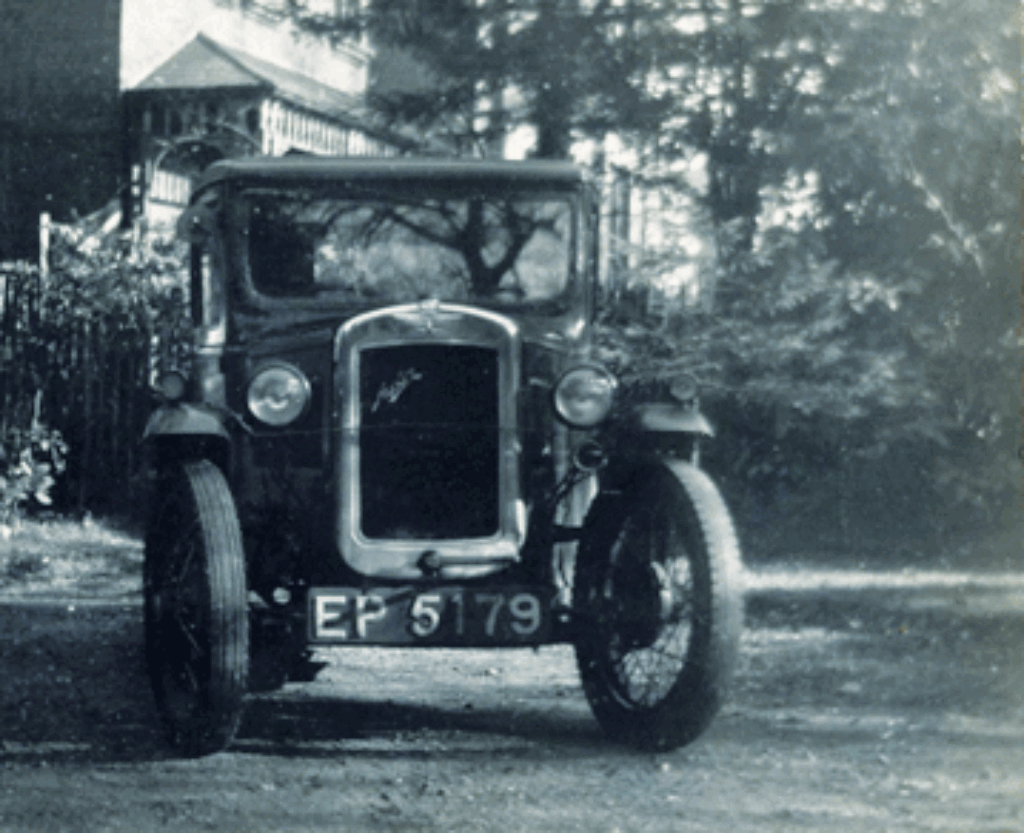
A local friend of the family, Don Nightingale, who helped his father run a furniture shop in Cranleigh, also acquired an Austin 7 – a red one – in June 1933. The editor of the ‘Nethanian Weekly’, Phil Cheesman, aged 22, described going for a ‘joy ride’ in it. He drove it himself for three or four miles – no compulsory tests for drivers until June 1935 – and found it ‘perfectly beautiful’ to drive. ‘It has a four-speed gear box and is fitted with oversize tyres,’ he enthused. One Sunday evening, a group of friends, with two cars and a Matchless motor cycle, drove up Pitch Hill to see the view by moonlight: ‘it filled at least one member of the family with awe’.
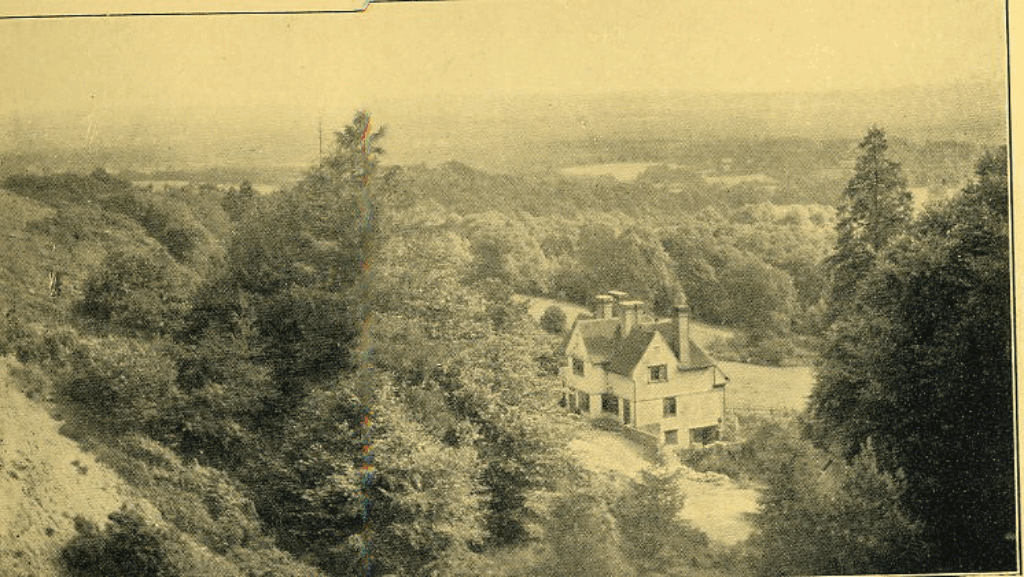
Cars also helped to transport a large party of some 20 family and friends up Pitch Hill on August Bank Holiday Monday, where they ‘enjoyed a game of cricket and slides in the sand pit’, followed by ‘tea in the glade’. On a Wednesday afternoon (early-closing day), another large party went for a picnic on Smithwood Common, after which some of them walked home via Alderbrook, Winterfold and Wyphurst. Unsophisticated recreations, perhaps, compared with today’s, but not necessarily less fun.
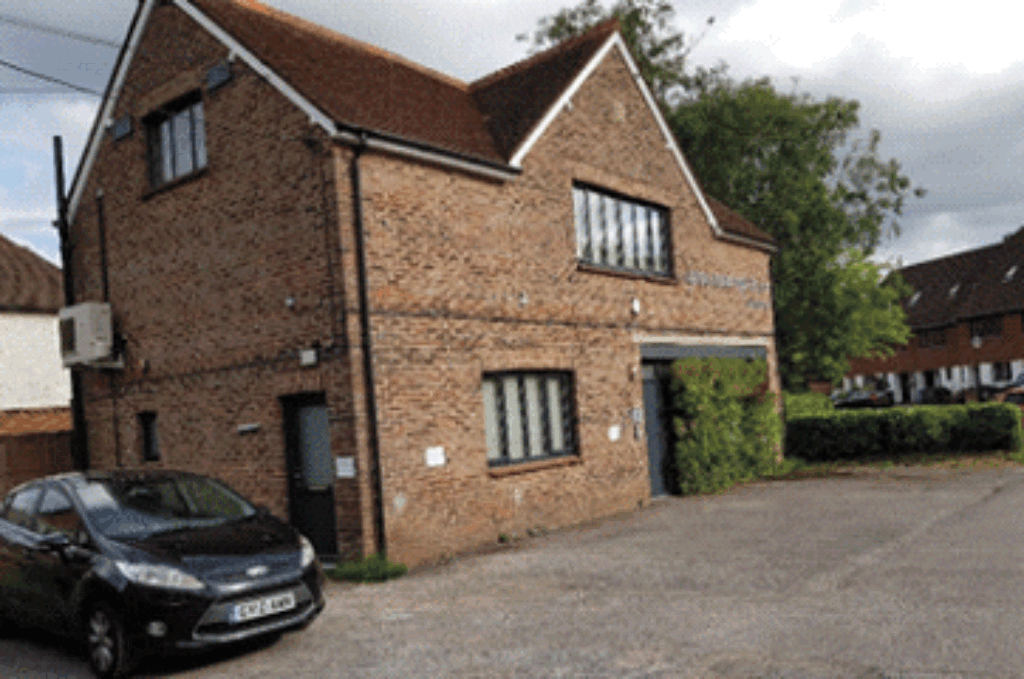
One of the girls in the family was taking driving lessons in summer 1934. She had just completed a St John Ambulance Association course in home nursing, and being able to drive may well have been a useful additional qualification. Inevitably, of course, she came in for teasing in the family newspaper, for her alleged problems with steering. In fact, she was ahead of many women of her generation.
Besides cars, the railway also figures prominently in the ‘Nethanian Weekly’. With a regular and reliable service from Cranleigh station (on the site of present-day Sainsbury’s), good connections at Guildford and reasonably-priced tickets, the railway was a boon in 1930s Cranleigh. It was also amazing how much could be achieved within a day by rail travel. Dad, Chris Cheesman, spent August Bank Holiday going by himself to the Isle of Wight and Portsmouth for the annual Navy Days, when the Royal Dockyards were open to the public. He caught the 7 o’clock train in the morning and arrived back at about 9pm.
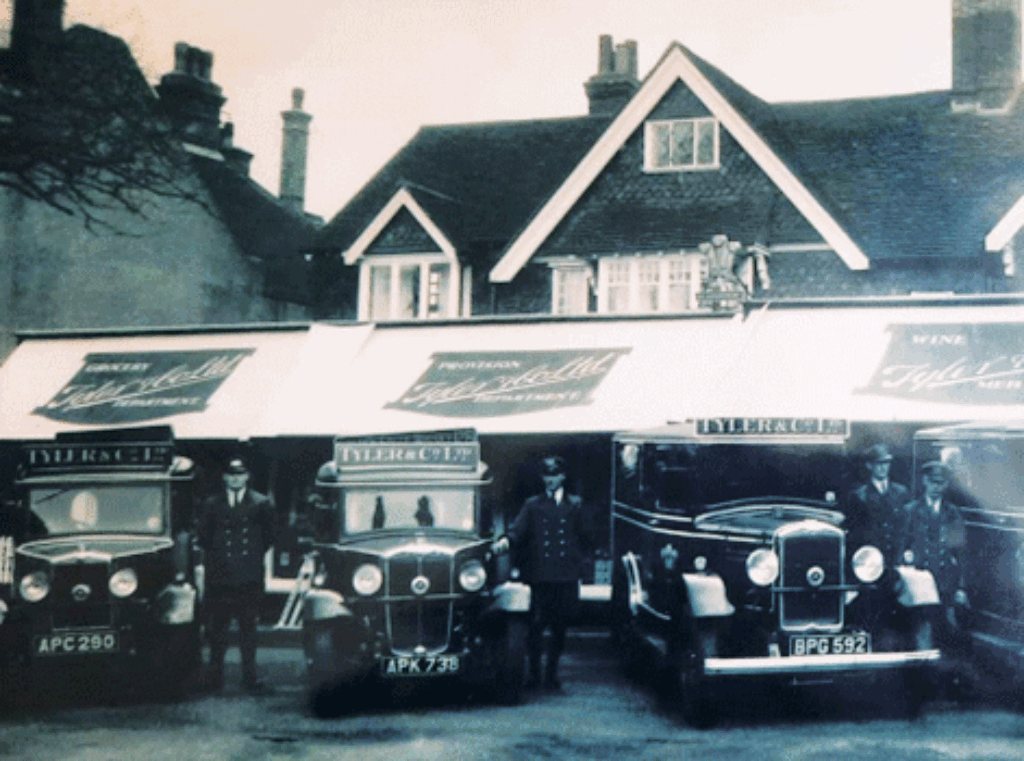
A memorable outing for three of the young people was a packed visit to London by train on a Wednesday afternoon, when Cranleigh shops (including David Mann & Sons) were closed. They met their older sister on the steps of St Paul’s cathedral, and spent over a quarter of an hour viewing London from the top outside gallery. After lunch on Ludgate Hill, they visited the Mildmay Mission Hospital in Bethnal Green, where their sister worked, and then spent the rest of the afternoon at the London Zoo.
From Camden Town they went to Westminster on the Underground and between 8.00 and 9.00pm walked in St James’s Park. At Waterloo station they ‘partook of sausage rolls and lemonade’ and caught a train at 9.50. After passing the ticket collector at Guildford, Ben, the oldest in the party, managed to lose the tickets, and at Cranleigh he had to pay for three single fares from Waterloo. He was eventually refunded his money, less one shilling.
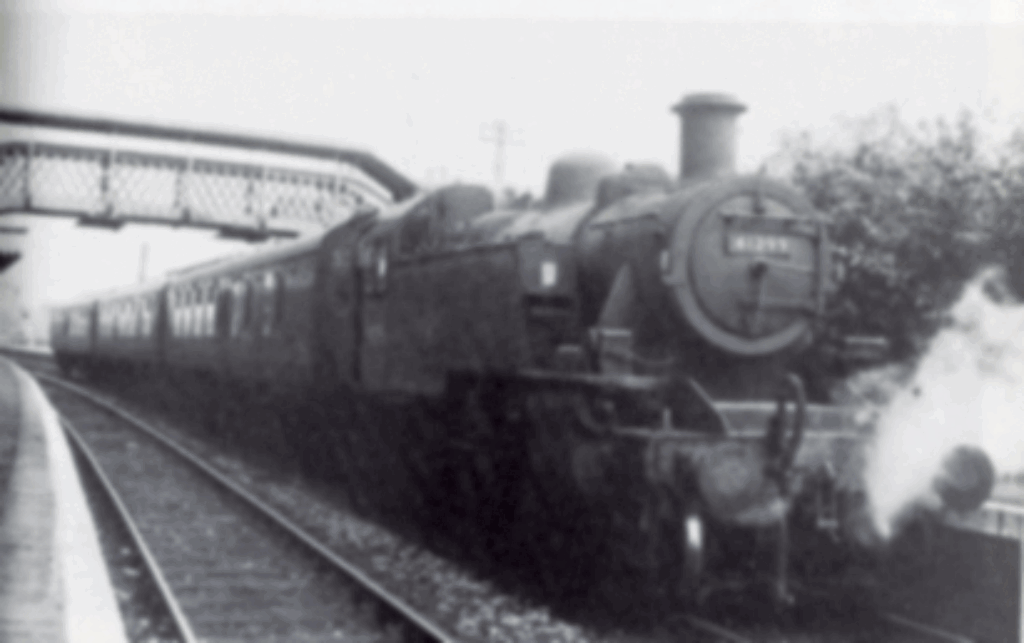
A new open-air swimming pool or Lido opened in Guildford to great local excitement in 1933. The editor reported that the mayor of Guildford had been the first to dive in, followed by hundreds of bathers. Members of the family took the train there and reported that the bathing arrangements were excellent. Cranleigh had to wait until 1970 for its own (indoor) swimming pool.
Dad even used the train to go within the day to Dover to see off his brother-in-law, Isaac Mann, and his family, who were returning to China. This involved taking five trains. ‘The Manns could hardly believe their eyes when they saw Dad.’

The annual Cranleigh Parochial Excursion also used the train service. This major local event took place on a summer Wednesday. In 1933, the destination was Littlehampton. Most of the ‘Nethania’ family went on it. ‘The weather was perfect and the children behaved admirably’. The following year, the parish outing needed a larger train than ever – twelve coaches, and nearly all of them were packed.
With grateful thanks to Tricia Young, daughter of one of the Cheesman children, for the loan of the ‘Nethanian Weekly’ and permission to use extracts from it.
The Cranleigh History Society is not meeting in August.






